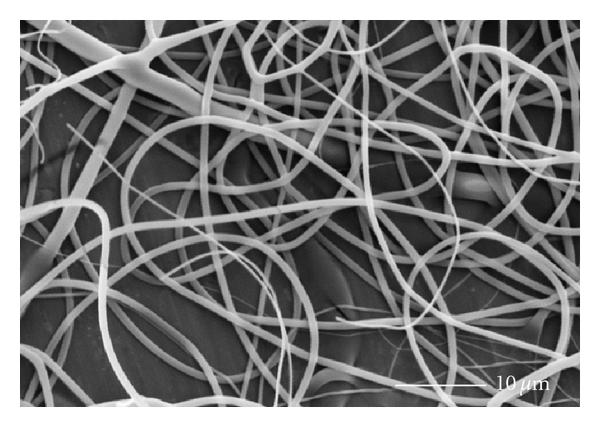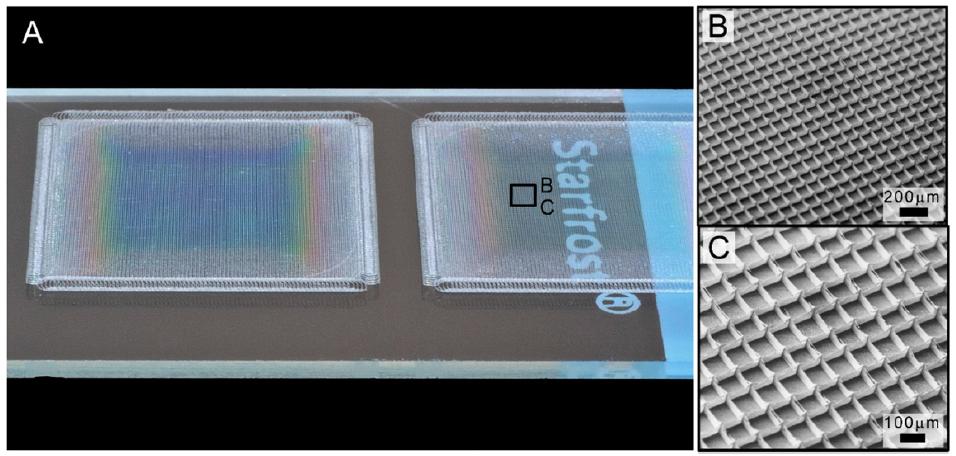▼ Reference
- Brown T D, Edin F, Detta N, Skelton A D, Hutmacher D W, Dalton P D. Melt electrospinning of poly(ε-caprolactone) scaffolds: Phenomenological observations associated with collection and direct writing. Materials Science and Engineering C 2014; 45: 698.
- Fang J, Zhang L, Sutton D, Wang X, Lin T. Needleless Melt-Electrospinning of Polypropylene Nanofibres. Journal of Nanomaterials 2012; 9: 382639. Open Access
- Farrugia B, Brown T D, Upton Z, Hutmacher D W, Dalton P D, Dargaville T R. Dermal fibroblast infiltration of poly(ε-caprolactone) scaffolds fabricated by melt electrospinning in a direct writing mode. Biofabrication 2013; 5: 025001.
- Hellmann C, Belardi K, Dersch R, Greiner A, Wendorff J H, Bahnmueller S. High Precision Deposition Electrospinning of nanofibers and nanofiber nonwovens. Polymer 2009; 50: 1197
- Hochleitner G, Hummer J F, Luxenhofer R, Groll J. High definition fibrous poly(2-ethyl-2-oxazoline) scaffolds through. Polymer 2014; 55: 5017.
- Hochleitner G, Jungst T, Brown T D, Hahn K, Moseke C, Jakob F, Dalton P D, Groll J. Additive manufacturing of scaffolds with sub-micron filaments via melt electrospinning writing. Biofabrication 2015; 7: 035002. Open Access
- Ko J. Melt electrospinning using Polycaprolactone (PCL) polymer for various applications: Experimental and Theoretical analysis. PhD Thesis 2014. University of Victoria. Open Access
- Yuan H, Zhao S, Tu H, Li B, Li Q, Feng B, Peng H, Zhang Y (2012) Stable jet electrospinning for easy fabrication of aligned ultrafine fibers. J. Mater. Chem., 22, pp. 19634
- Yuan H, Zhou Q, Li B, Bao M, Lou X, Zhang Y. Direct printing of patterned three-dimensional ultrafine fibrous scaffolds by stable jet electrospinning for cellular ingrowth. Biofabrication 2015; 7: 045004.
▼ Credit and Acknowledgement
Author
Wee-Eong TEO View profile
Email: weeeong@yahoo.com
 ElectrospinTech
ElectrospinTech


